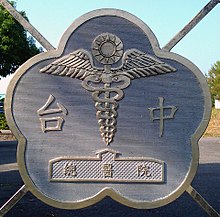User:Fsolis27/Sex-selective abortion

Female Selective abortions in Asia are predominantly practiced in areas such as Taiwan, China, and India. The Sex ratio at birth in Asia based on worldwide data is 104 and 107 males per 100 females, which was the accepted norm before sex selective abortion was available. Unfortunately, census results from 2000 are still being reviewed and currently unavailable.
Bias is due to the unreported births in hospitals which makes a slight difference on the data they report vs the census. If parents obtain sex testing before birth, and abortion was made and it was based on female fetus, it is more likely for the abortion to happen in the hospital for safety purposes and would have been reported. With no comparative data with hospitals vs nonhospital births the length of biased would be unable to determine opposed to those countries where most hospital births occur and are actually reported.
| This is the sandbox page where you will draft your initial Wikipedia contribution.
If you're starting a new article, you can develop it here until it's ready to go live. If you're working on improvements to an existing article, copy only one section at a time of the article to this sandbox to work on, and be sure to use an edit summary linking to the article you copied from. Do not copy over the entire article. You can find additional instructions here. Remember to save your work regularly using the "Publish page" button. (It just means 'save'; it will still be in the sandbox.) You can add bold formatting to your additions to differentiate them from existing content. |
Lead
[edit]Article body
[edit]References
[edit]Asia: Miller, Barbara D. “Female-Selective Abortion in Asia: Patterns, Policies, and Debates.” American Anthropologist, vol. 103, no. 4, 2001, pp. 1083–95. JSTOR, http://www.jstor.org/stable/684130. Accessed 9 Mar. 2023.
(Female-selective abortion in Asia: patterns, policies, and debates. - California State University,
Fullerton (exlibrisgroup.com)
